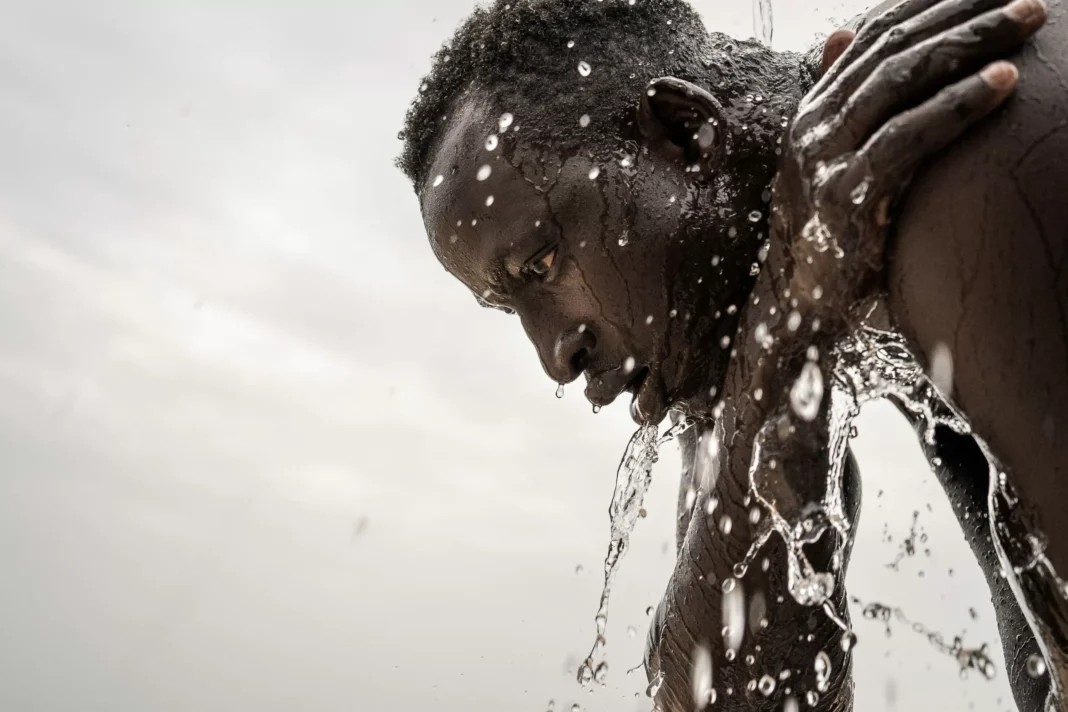Rising Global Temperatures: A Wake-Up Call for Re-evaluating How We Play Sports
As temperatures continue to rise around the world, it’s becoming increasingly clear that the effects of climate change are no longer a distant threat. From raging wildfires to devastating hurricanes, we are witnessing the consequences of our actions on the environment. And while the focus has mainly been on how to mitigate these effects, it’s time to also consider how we can adapt to a changing climate in all aspects of our lives, including sports.
Sports have always been an integral part of human culture, providing us with entertainment, exercise, and a sense of community. However, with the rising temperatures, it’s time for us to rethink how we approach sports, from the number of breaks we take to the environmental impact of mega-events like the Olympics. It’s time for us to consider the bigger picture and make conscious decisions about how we play.
Firstly, let’s address the issue of breaks in sports. It’s a common belief that taking breaks during a game is necessary for players to hydrate and rest. However, with the increasing heatwaves, these breaks are no longer just a matter of convenience, but a matter of health and safety. We have seen incidents of players collapsing due to heat exhaustion, and it’s time to prioritize the well-being of athletes. From shorter game times to mandatory water breaks, we need to take proactive measures to ensure the safety of our players. Additionally, this could also lead to more competitive and intense games, as athletes would need to be physically and mentally prepared to play for a shorter period.
Moreover, we also need to reassess the location and timing of sporting events. For instance, in countries with hot and humid climates, scheduling outdoor events during the cooler parts of the day would be a more responsible approach. Similarly, when choosing a location for a sporting event, we should consider the environmental impact it would have, especially on sensitive ecosystems. It’s time to shift our focus from solely economic gains to also considering the long-term impact on the environment.
One of the most debated topics in the sports world is the hosting of mega-events like the Olympics. While these events bring in revenue and global attention, we need to ask ourselves whether the environmental costs are worth it. The construction of massive stadiums, accommodation for athletes and spectators, and increased air travel all contribute to carbon emissions and further exacerbate the effects of climate change. As we continue to face the consequences of our carbon-heavy lifestyles, it’s time to reassess the necessity of hosting such events. There are alternatives, such as rotating the Olympics among a few designated cities or reducing the number of events, that could reduce the environmental impact while still allowing for global participation and celebration of sports.
Additionally, we must also consider the impact of our daily sporting activities on the environment. The use of synthetic turf in soccer fields, for example, has been linked to the emission of greenhouse gases. We need to explore more sustainable alternatives, such as natural grass or turf made from recycled materials. Furthermore, using public transportation or carpooling to reach sporting events can also reduce our carbon footprint.
But it’s not just about the environmental impact; it’s also about being mindful of our actions and setting an example for future generations. With the growing awareness about climate change, it’s our responsibility to educate and inspire the younger generation to incorporate sustainable practices into their daily lives, including in sports. By showing them that we care about the environment and are taking steps to mitigate our impact, we can encourage them to do the same.
In the face of rising global temperatures, we cannot continue to play sports the way we always have. It’s time to adapt and make conscious decisions that prioritize the well-being of our athletes, the environment, and future generations. It’s time to use sports as a platform for change, to set an example for the rest of the world, and to show that we can still enjoy and excel in sports while being environmentally responsible.
In conclusion, let’s use this wake-up call of rising global temperatures to re-evaluate and revamp our approach to sports. Let’s prioritize the safety of our athletes, be mindful of our impact on the environment, and set a positive example for future generations. With small changes and conscious decisions, we can continue to play sports while also mitigating the effects of climate change. Let’s not wait for summer to end before we start making a change; let’s start today.


